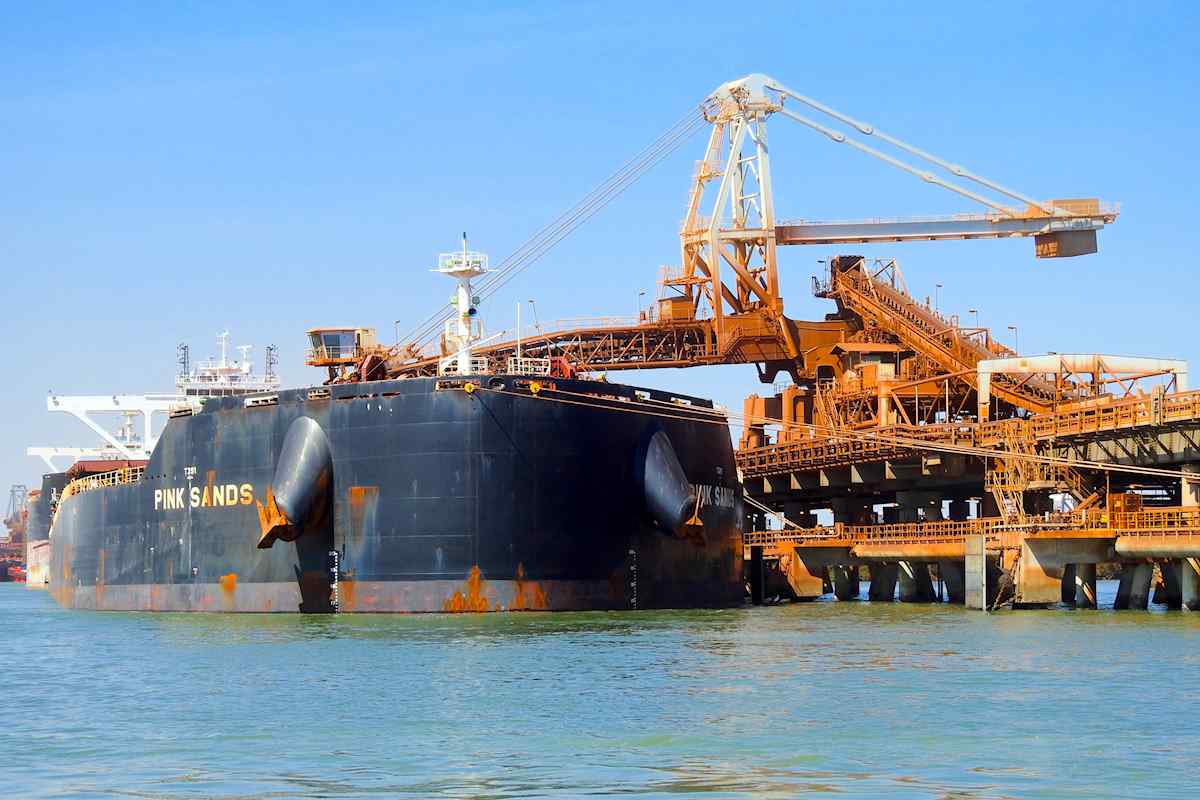While Port Hedland is a fascinating place to visit, I also think it is quite possibly the ugliest place I have ever been to! If you are into natural surroundings, you are best staying away, because Hedland is all industrial and it is on an immense scale!
Massive trains, gigantic road-trains and big, big ships feature prominently here. Hedland is the largest bulk ore exporting harbour in the world, handling iron ore, salt and other precious metals. The port has berths for 19 big ships, with two more under construction.
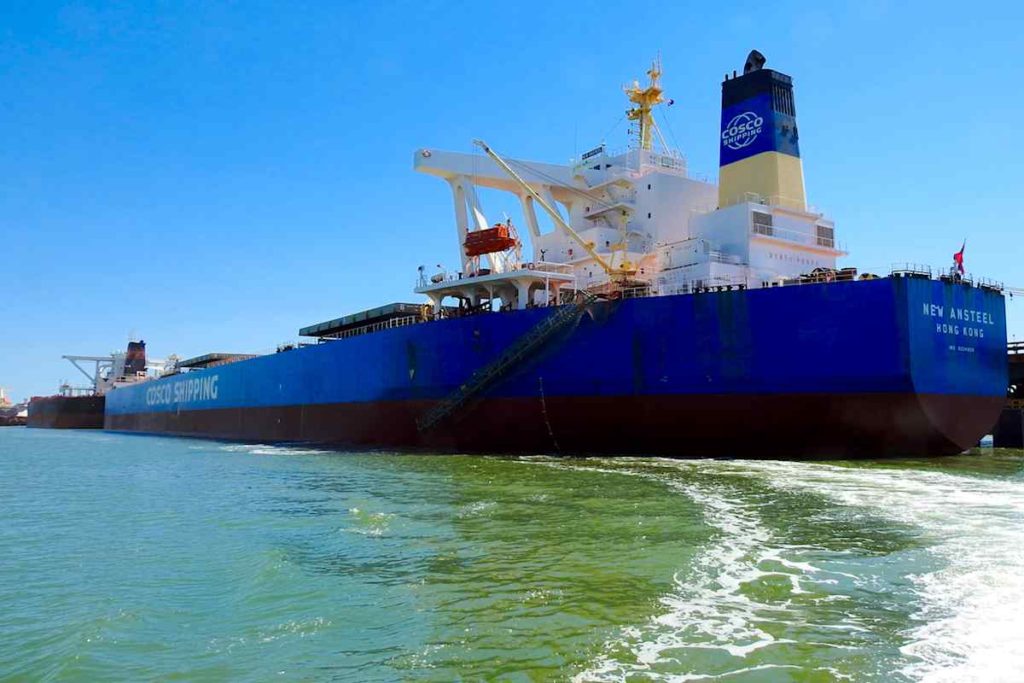
The Seafarers Mission is dedicated to look after the wellbeing of the mostly foreign sailors, living and working in sometimes less than ideal conditions aboard these big ships. They provide facilities to allow the sailors to contact home and family, shop for food and souvenirs, enjoy a game of snooker (which you can’t actually play on a boat) or just chill with a beer. They also offer counselling, support and assistance to the sailors as needed.
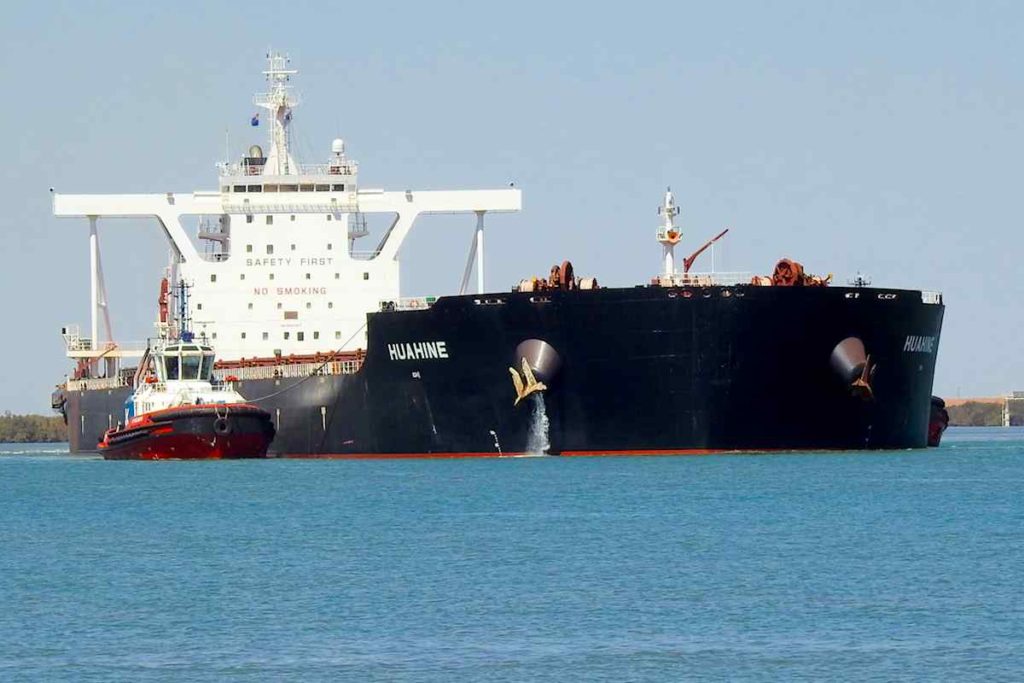
The Mission does excellent work in this port town and to help raise money for their operations, they offer several tours. I joined two of their excellent tours for a closer look at this fascinating port.
The Mission runs a ferry service from the ships to the shore allowing the sailors a break from shipboard life, as some may not have been on dry land for many months. This tour gives us land-lubbers a chance to join the ferry, to experience the port from water level.
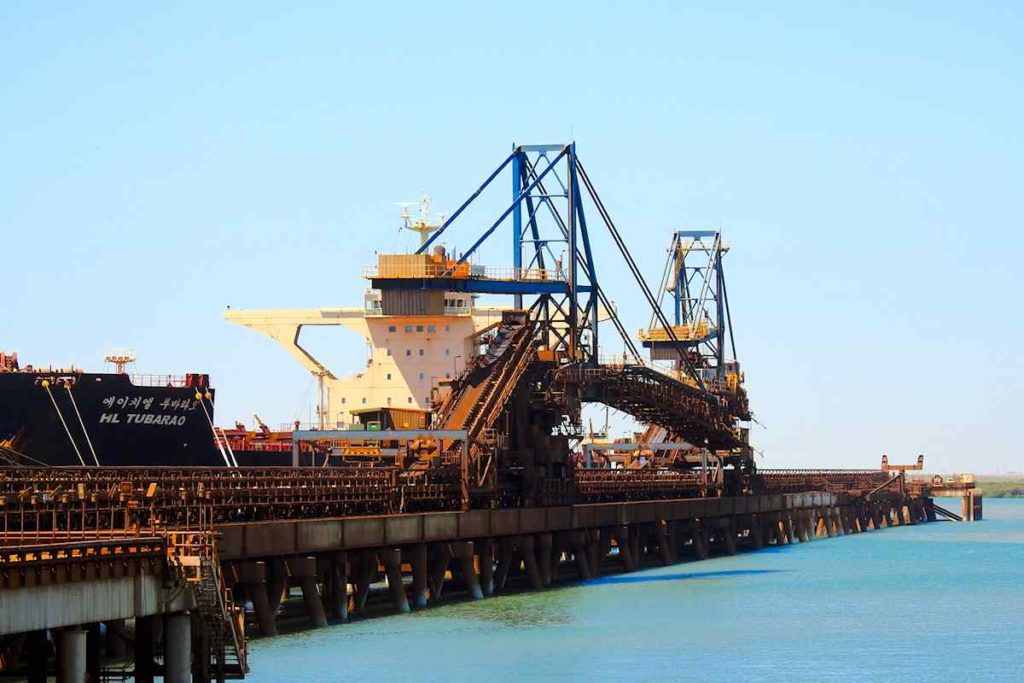
Seeing this massive working harbour up close is actually just stunning! Some of these big ships are 330 metres long and 70 metres wide and make you feel very insignificant as they tower over you.
The other tour I joined takes you to the wharf side of the harbour and you experience the massive ships being loaded with their cargos of iron ore. This is equally fascinating and just a little bit scary, as the entire process is pretty much automated.
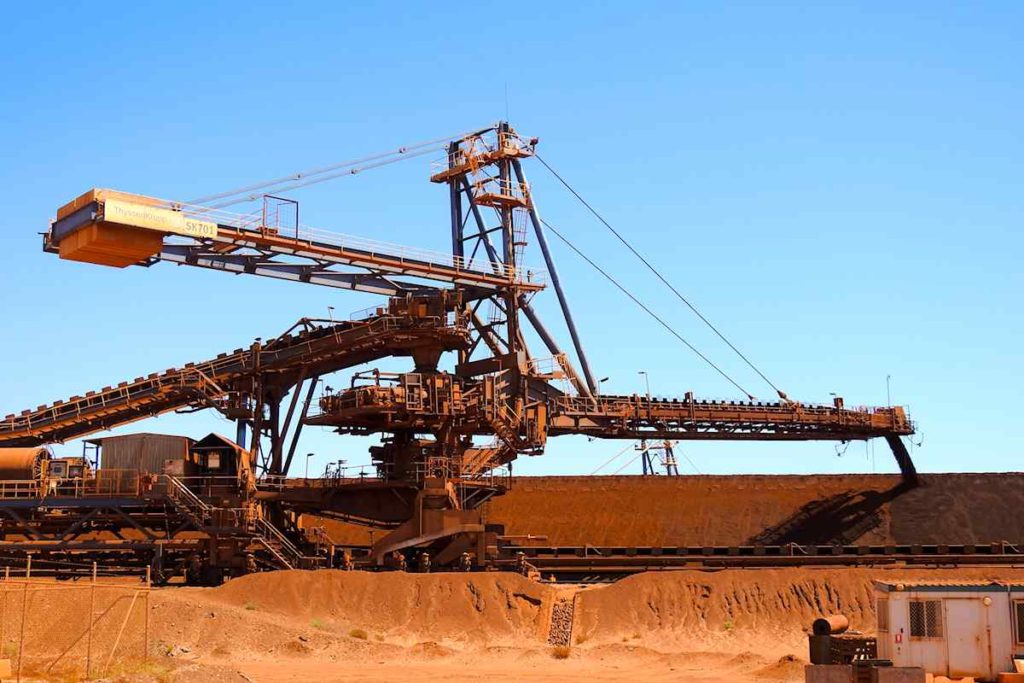
In a normal day, twenty four trains with 268 wagons, each holding 140 tonnes of iron ore, come in to the port to deliver the ore. The ore is then graded by gigantic machines and laid out in massive storage piles. Each of these ore ‘mountains’ is one ships worth of cargo and gigantic scoops then load the sorted ore onto conveyor belts that lead to the designated ship.
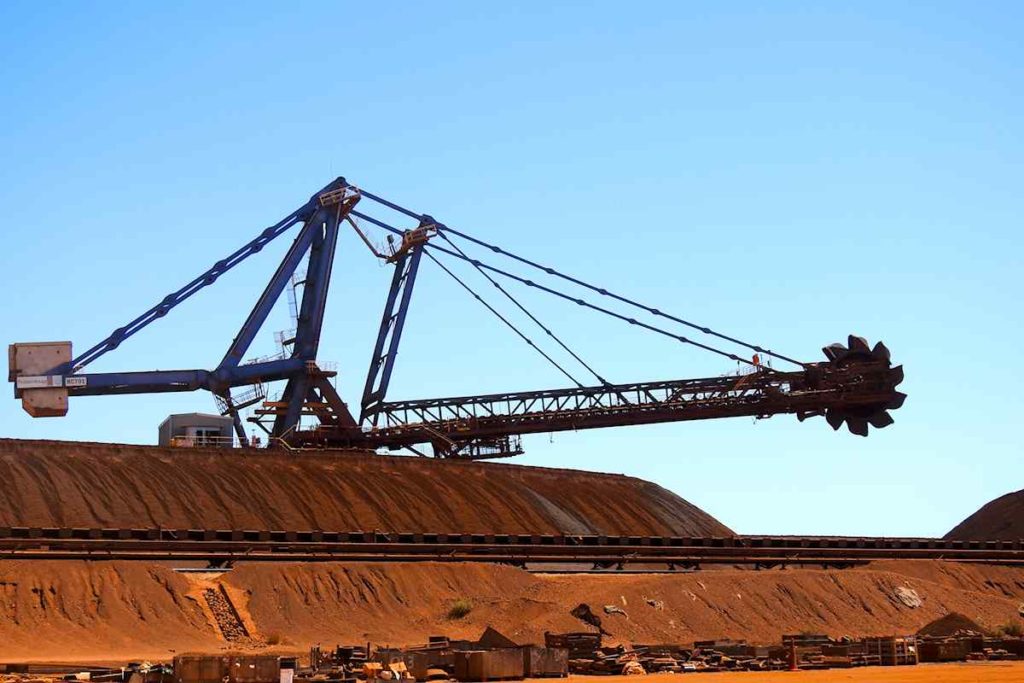
Six trains worth of iron ore fills one ship. Each ship carries around US$22,500,000 worth of iron ore!
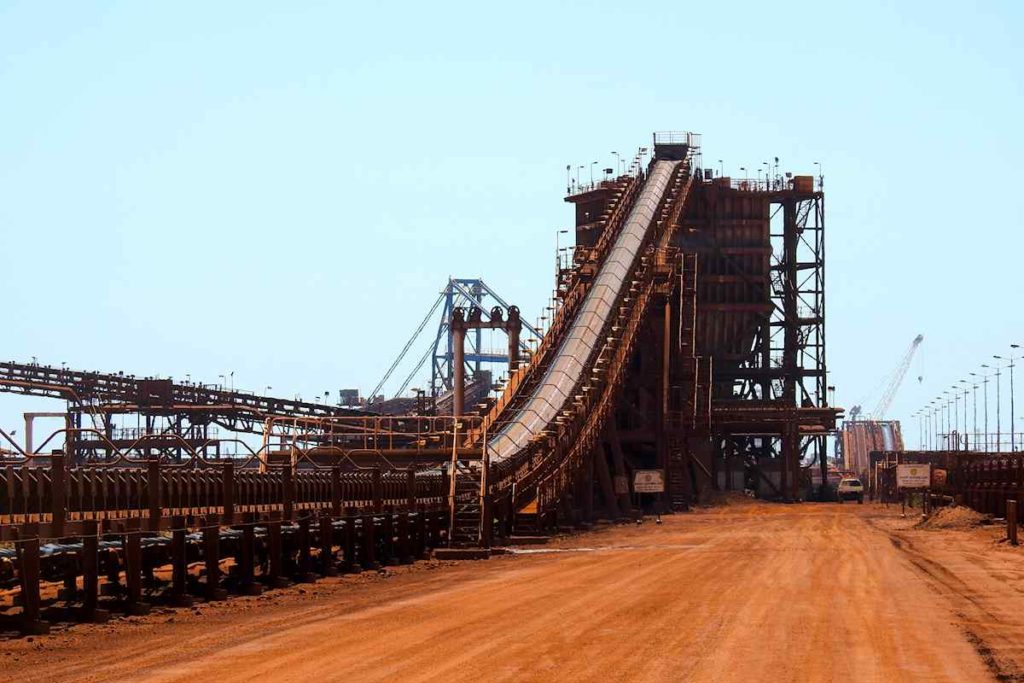
Added to this, 480 massive road-trains (each with four or five trailers) thunder along the roads into this port every day! These carry lithium and tantalum concentrates, priced between US$550 and US$950 per tonne. In coming years, it is expected 220,000 tonnes of concentrate will be exported from Port Hedland annually.
It is easy to see why lithium is considered white gold!!!
Although the loading process is mostly automated, to ensure the massive loads are evenly distributed in the holds the final adjustments to the ship must be done by humans. In this high-tech world, one test uses an ordinary plastic tube filled with water, laid across the deck of the ship.
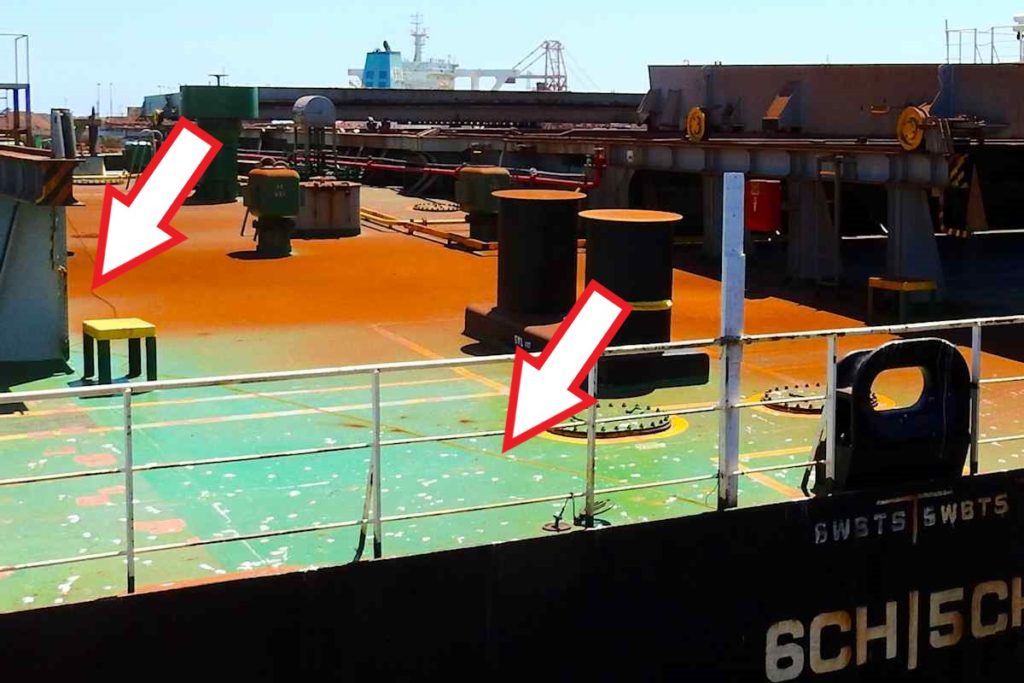
If the water at both ends of this tube is equal, the ship is level…
It takes around 24 hours to load a ship and after other final checks, they are guided out by local tugs at high tide. A full ship has just 25cm clearance to the mud at the bottom of the harbour. Incoming ships line up off shore awaiting their turn to berth. This continuous procedure only halts if a cyclone threatens the area.
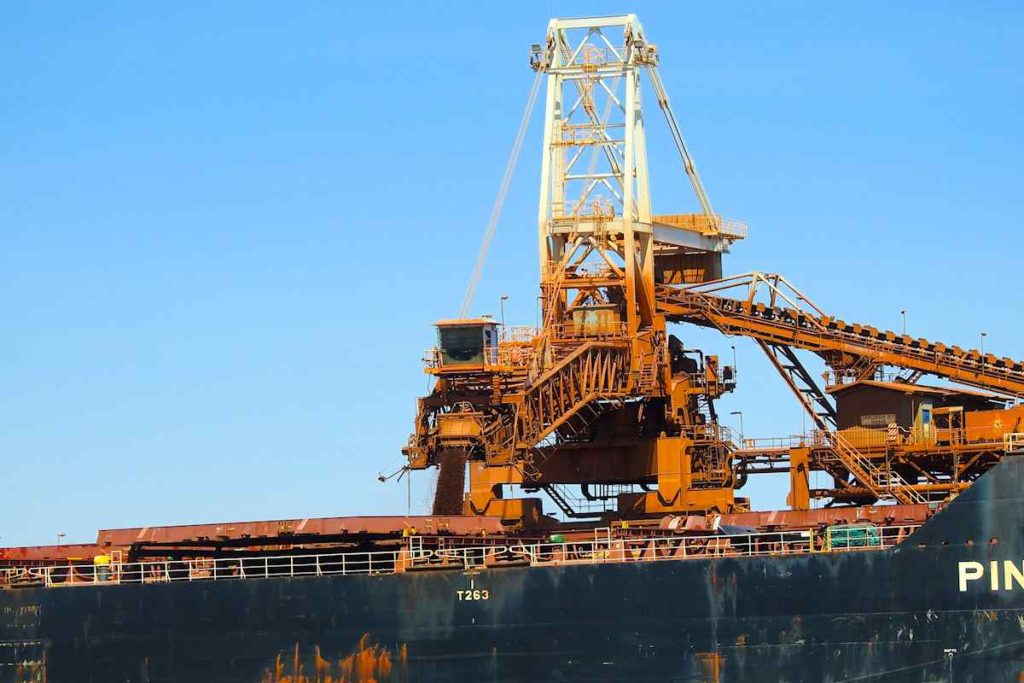
With all this constant and concentrated mining activity, Port Hedland is busy, noisy and pretty ugly! But in amongst all this industrial scarring there is room for a little beauty.
Nature turns the sky a glowing orange after sunset, adding a cast of beauty over this industrial landscape. But the encroaching darkness seems powerless against the pervading incandescent streetlights of the port and town.

Hedland is one of the places to view the so-called ‘staircase to the moon’.

Moonlight reflecting off the shallow water of the bay supposedly gives the impression you can climb up stairs to the rising moon… You do need to add a pinch of poetic license, too.
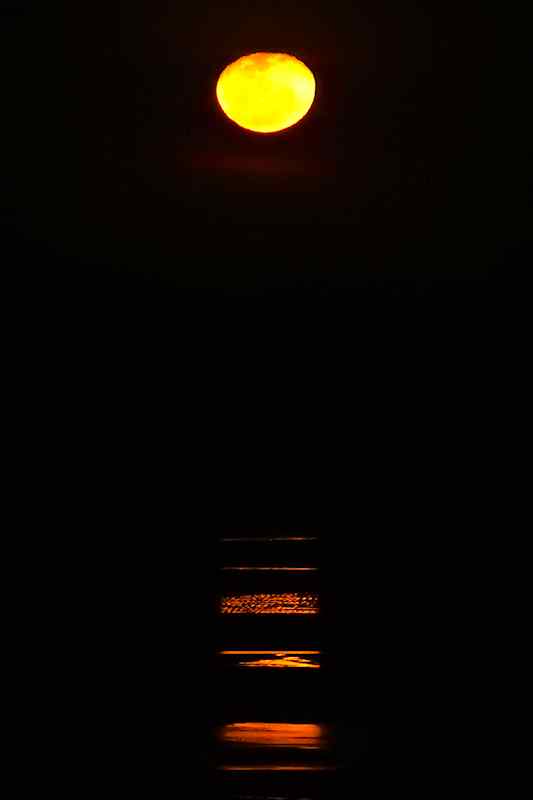
Old Police Station
The police station ruins were built in the late 1880s and used up until the early 1920s.
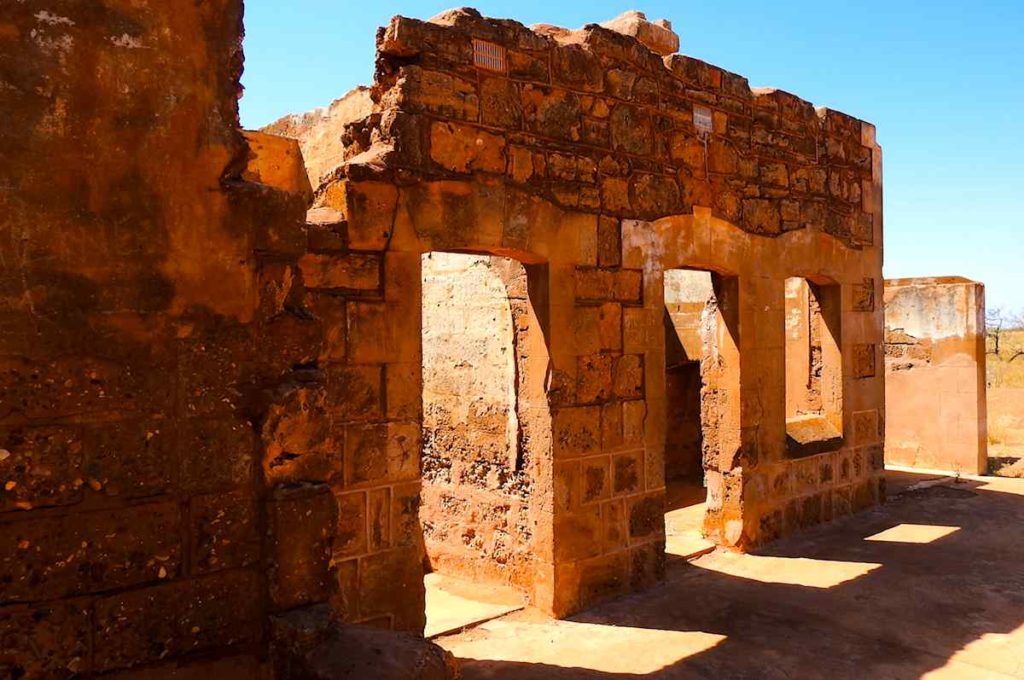
The goal was established to incarcerate mainly Aboriginal prisoners, which is a sad reflection of the attitudes in those times.
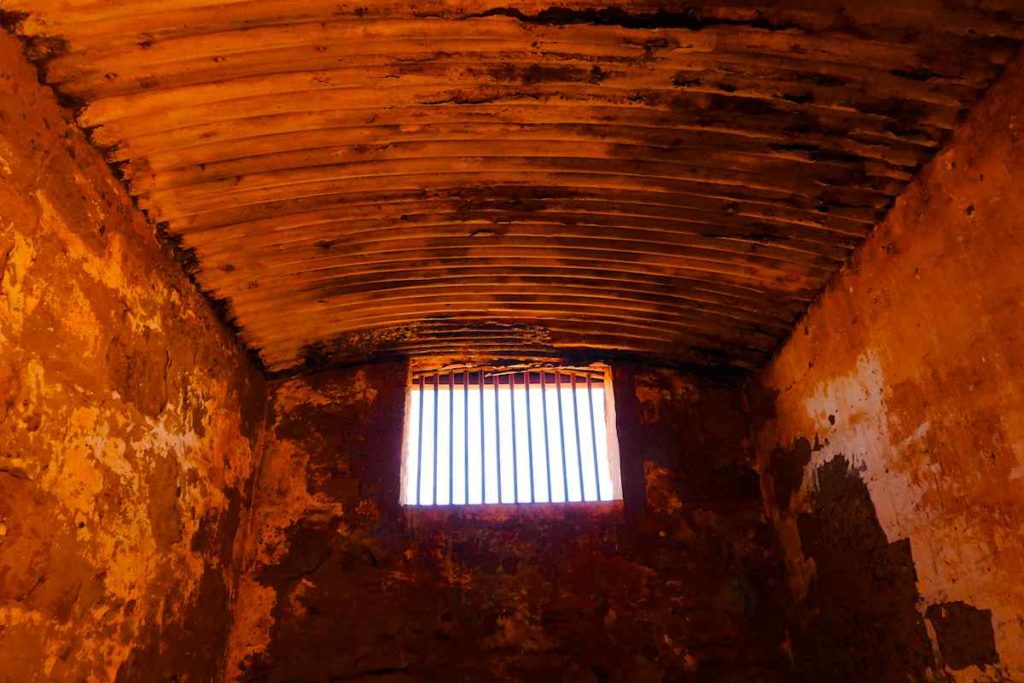
The cells would have been dark and airless in the intense heat here. Broken glass is set into the top of the walls discouraged escape.
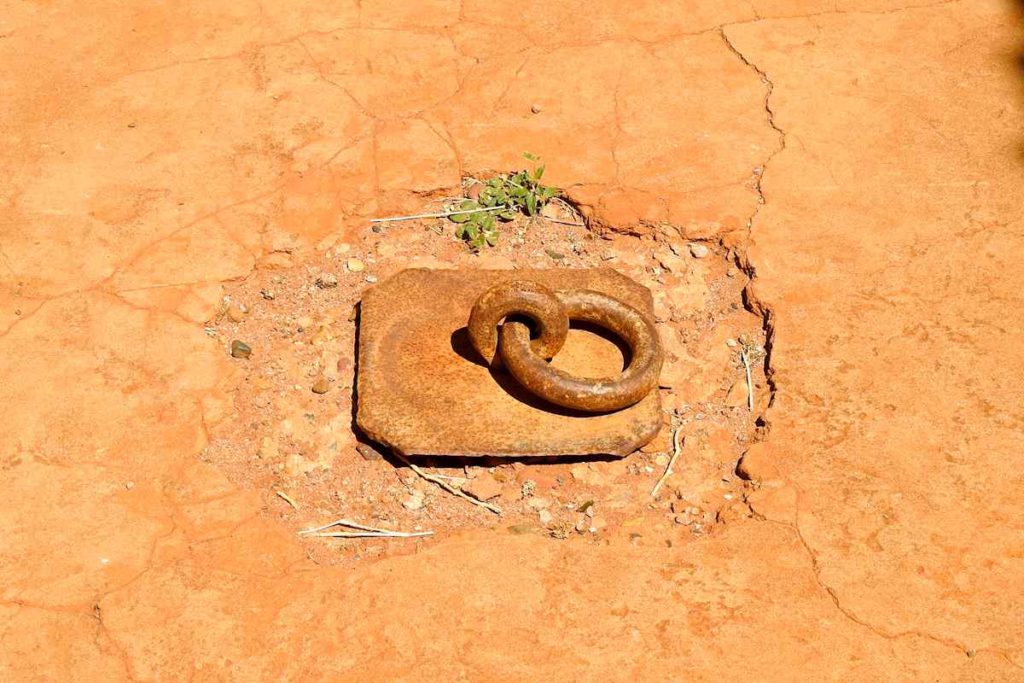
But the most telling are the rings still firmly set into the concrete floor, where the prisoners were chained up during the day.

